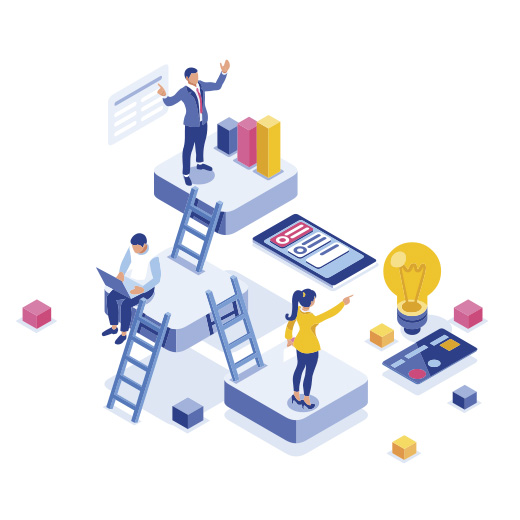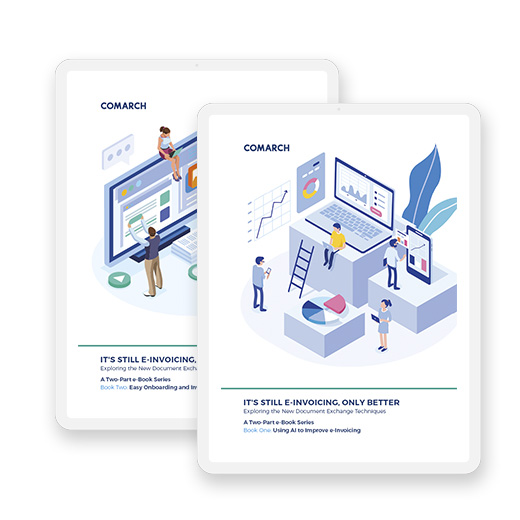 It's Still e-Invoicing, Only Better - An Exclusive e-Book SeriesDiscussing the latest AI/ML-powered features, new self-onboarding tools and modern invoice wizards
It's Still e-Invoicing, Only Better - An Exclusive e-Book SeriesDiscussing the latest AI/ML-powered features, new self-onboarding tools and modern invoice wizards
On the GK Comarch websites, both we and our partners use cookie files and targeting. Cookie files (a.k.a. "cookies") are small text files sent to your browser by the site you visit at any given time. They are used for analytical and statistical purposes as well as to ensure the proper functioning of the site. Additionally, they are used to tailor marketing content to the interests of users visiting our sites.
As we respect your privacy, we ask for your consent to use these technologies. You can consent to cookies by clicking "Accept all". If you want to personalize your choices, click "Settings." You can withdraw your previous consent or change your preferences at any time by clicking the "Settings" button.
Using cookies for the purposes indicated above is related to the processing of your personal data. The administrator of your data is Comarch SA. In some cases, our partners may also be the administrators of your data.
For more information on how we and our partners use cookies and process your personal data, please see our Data Processing Notice and Cookie Policy.


Moving away from paper-based document exchange and going digital is just the beginning. At Comarch, we're constantly working on new, unconventional, and groundbreaking features that may as well be thought of as steps towards e-Invoicing 2.0.
This is why we made them the central themes of our new two-part e-book series - to showcase Comarch's latest technological achievements in e-invoicing and explain how and why they make all the difference. Are you ready?

Here, you will learn how the artificial intelligence and machine learning technology we developed helped us move past the boundaries of traditional document exchange systems, thus improving the performance, reliability, security, and the UX of our e-invoicing platforms.
In this material, we will show you how you can start and configure your e-invoicing system in seconds using our self-onboarding tools. We will also touch upon some key improvements to creating an invoice, such as the new document wizards, PO flips, and autonomous data collection.